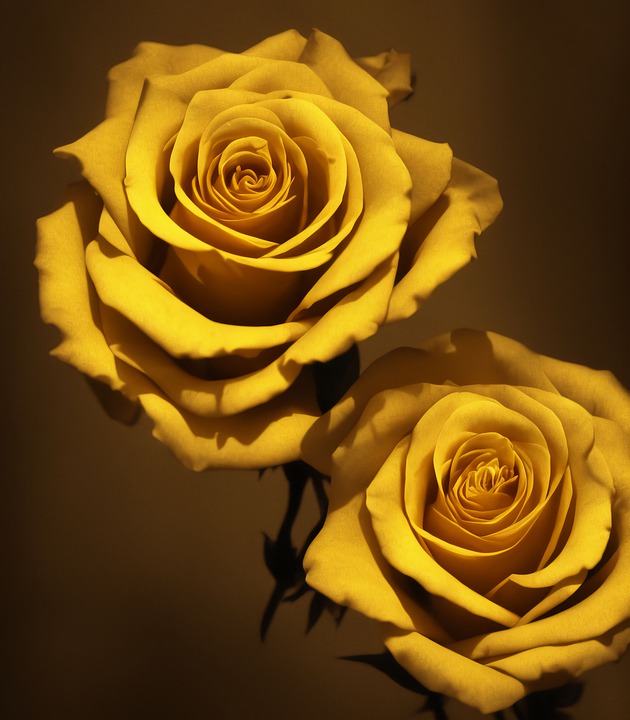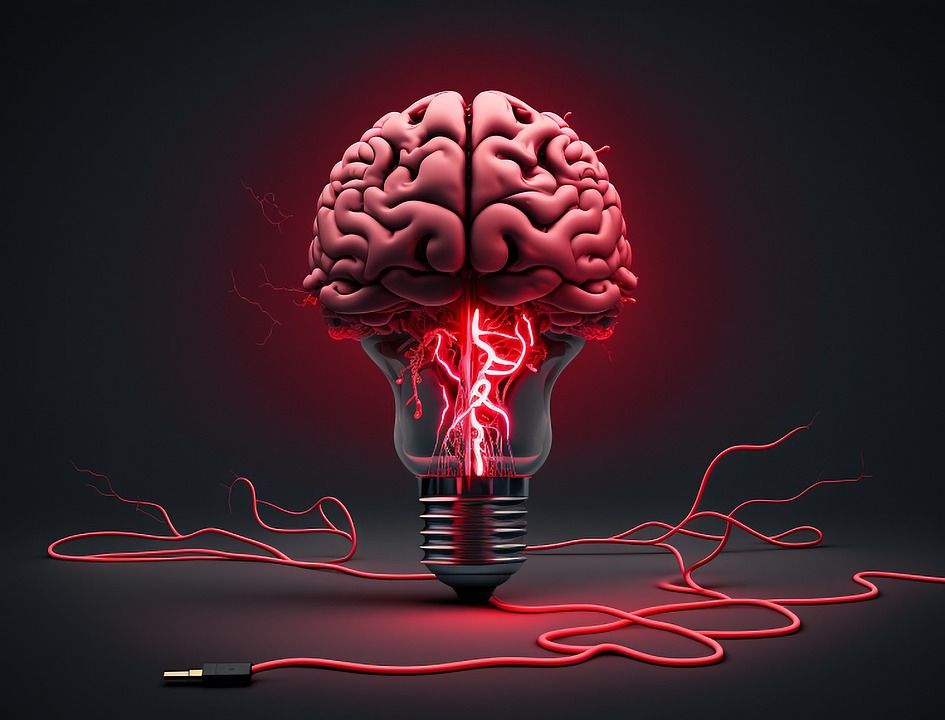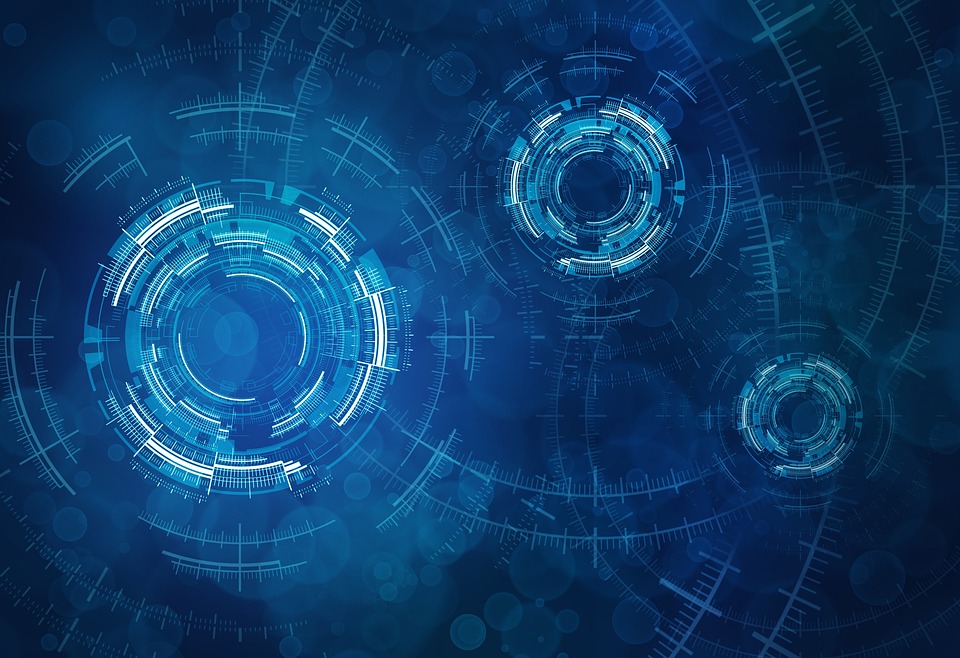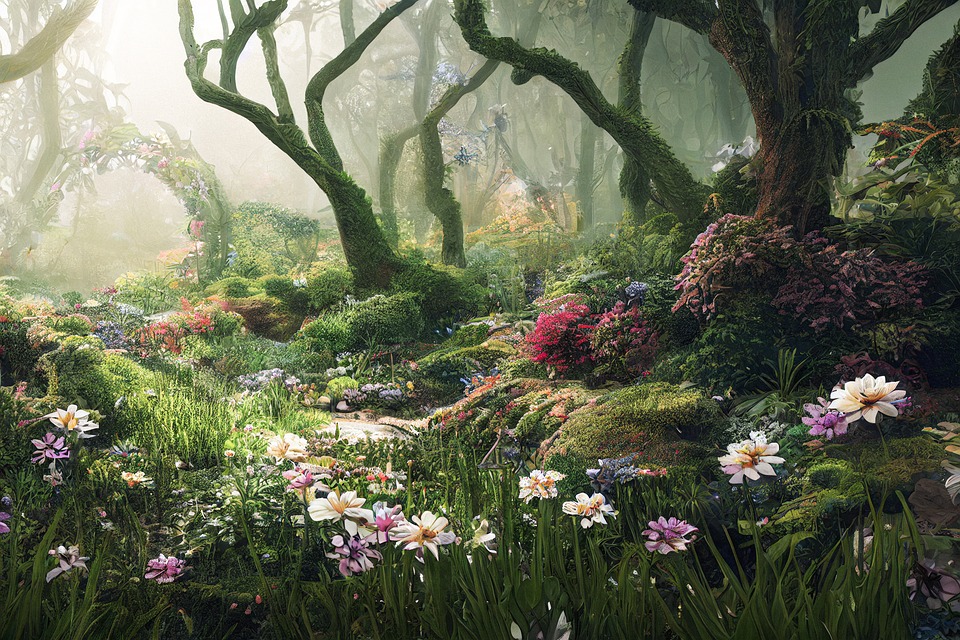
Artificial intelligence (AI) has transformed the art industry in several ways, opening up new avenues for creativity and innovation. With AI, artists can create artworks that were not possible before, explore new techniques, and experiment with different mediums. Additionally, AI-generated art is often more intricate and interactive, engaging viewers in new ways.
AI has given rise to highly intricate and detailed artworks that would have otherwise been impossible to create. From sculptures to images and videos, AI-generated art can be highly realistic and lifelike. This has made it possible for artists to create pieces that are more appealing and captivating to the masses.
Furthermore, AI has opened up new opportunities in the realm of art by allowing artists to experiment with different mediums and techniques. Using algorithms, artists can spontaneously generate unique pieces that are highly unpredictable. Machine learning has also enabled the creation of more elaborate and intricate designs that are beyond the scope of human capabilities.
In addition, AI has encouraged artists to pursue new creativity avenues in art creation. Neural networks can generate artwork that is more expressive and evocative, opening up new ways of capturing emotions through art. Deep learning has also facilitated art that is highly complex and detailed, which is crucial for specific types of arts.
In summary, the art industry has undergone a massive change with the introduction of AI. It has made creating art more challenging yet more fulfilling, allowing artists to explore new territories in creativity. It has opened up new avenues for creation while pushing artists to improve their art by incorporating AI technologies.
